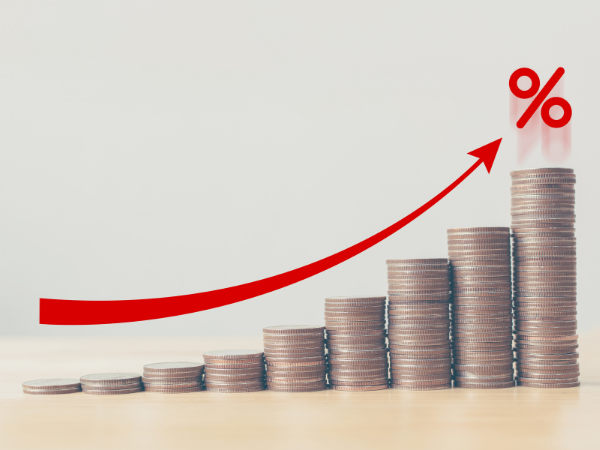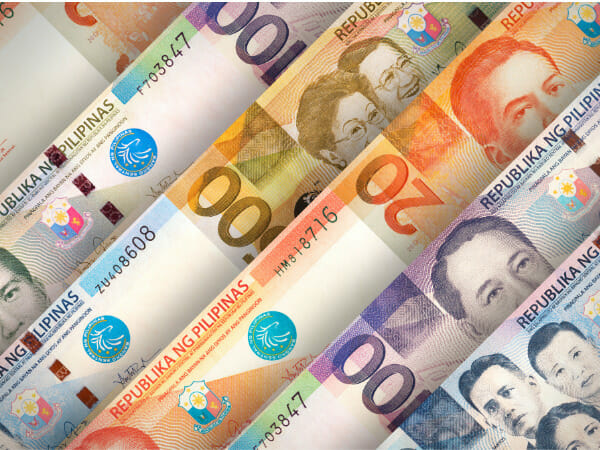Overall Economic Prospects for the Philippines
Despite global economic growth decreasing, the Philippines showed signs of improved economic activity in 2021. In the fourth quarter of 2021, the GDP grew 7.7%, bringing the year-to-date growth to 5.6 percent.
Because of the expected development of exports in 2022, the financial system’s development path may increase further. Exports of goods increased by 16.1% in the first three quarters of 2021. As worldwide modernization initiatives boosted demand for semiconductors and other electronic parts in 2021, the proportion of electronic items to total exports skyrocketed.
The BSP forecasts a 16.0 percent increase in goods exports in 2021, owing to increased worldwide demand for tech products such as semiconductors and other devices. Exports are predicted to increase by 6.0 percent in 2022, while imports are expected to increase by 10.0 percent. This reflects the anticipated continuation of the global trade recovery and an increase in domestic consumer demand.
The employment indicators also increased in the third quarter of 2021. The unemployment rate declined from 17.6 percent in April 2020 to 6.6 percent in December 2021. Given the considerable improvements in total employment, comprehensive data suggests that job quality has yet to recover, with recent growth concentrated in low-skilled and low-paying occupations. Which brings us to the question, what do local creditors prefer given the hike in rates?
Interest Rate Forecasts for the Philippines
The Bangko Sentral maintains the following interest rates as part of its monetary policy framework: The nightly lending rate is 2%. This is the rate that falls halfway between the 1.5 percent deposit rate and the 2.5 percent cost of borrowing.
The Philippine borrowing rate is set higher than the US funds rate, as with other developing market central banks, for the country to vie for and attract money. This is contingent on the willingness of the country’s monetary authority to pay a premium.
These rates are in alignment with the existing anti-inflationary policies. In 2021, the average rate of inflation was 4.5 percent. Depending on the effects of the home economy and the wider regional sector, these figures seem viable in present situations.
They do not, nevertheless, consider future actions made by the US Federal Reserve. For the time being, it is unclear how the new funding rate will be set. It can configure this starting at 25 basis points and going up to 100 basis points. What appears to be clear is that the pace of growth will be gradual so as not to cause a shock—determining the interest rate at the end of 2022 or 2023.
The Impact of Interest Rates on Currency Trading
When all other conditions are comparable, higher interest rates raise the worth of a country’s currency compared to countries with lower interest rates. In currency trading, such straightforward estimates are uncommon.
While interest rates significantly impact exchange rates, the final decision of a currency’s exchange rate with other currencies is based on various interconnected factors representing a country’s overall economic situation.
Currency Valuation Considerations
Higher interest rates boost a country’s currency’s worth overall. Higher interest rates entice international investors, increasing demand for and the value of the host nation’s currency. Lower interest rates, on the other hand, tend to discourage global investment and depreciate the currency.
Many other variables that influence exchange rates confound this seemingly straightforward occurrence. The link between increased interest rates and inflation is one of the most complex variables. To cool an overheating market, central banks frequently boost interest rates due to growing inflation. Inflation can depreciate a country’s currency faster than interest rates can reward savers if it rises too swiftly.
The value of a currency is not determined just by interest rates. Political and economic stability, as well as demand for a country’s goods and services, are frequently more important. The trade balance between imports and exports of a nation can significantly influence the worth of a currency. Increased demand for a country’s products also indicates increased demand for its money.
Currencies and Interest Rates: What Role Do They Play?
The simple answer is that it encourages international investors to invest in countries to share profits. Interest in a country’s currency rises in tandem with lending rates. When a country boosts interest rates, it can generate a broad trend versus other currencies.
Related Articles
Money will keep pouring into these currencies unless there is some sign that the celebration will shortly come to an end. The disadvantage of this trading strategy is that it is pretty risky. Anything that can disrupt the worldwide financial system has the potential to rock an interest rate trade to its core.
Conclusion
It’s beneficial to consider the big picture as a forex trader. What’s the state of the economy in your country? Why are interest rates rising or falling? Not to add that you must be familiar with the government against which the high-interest currency is being paired. Everything is a relational game.
Moreover, if you’re new in the market, a regulated forex broker can offer reports to keep you well informed. This way, you will always know what you are investing in. Best wishes!



